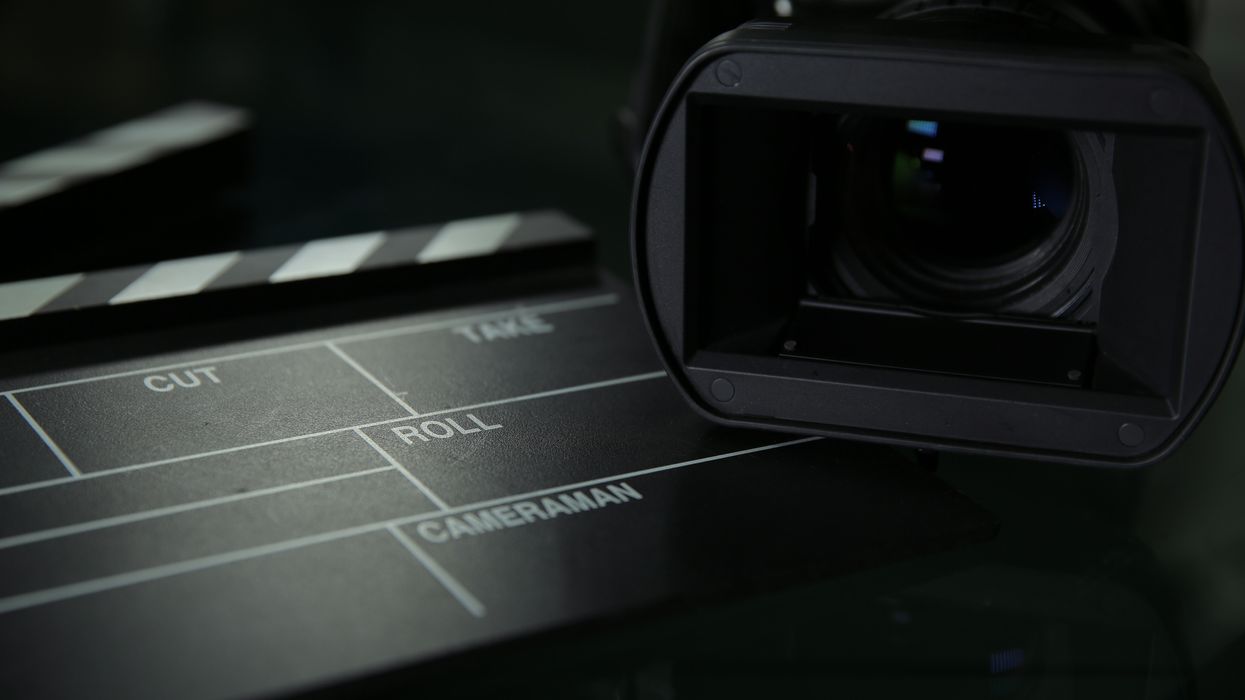6 Reasons You Might Want to Start Using Stock Footage in Your Films
If you're looking to save time and money on your production, using stock footage is a tool you might want to add to your toolbox.

I know, stock footage gets kind of a bum rap in the filmmaking community. The shots don't come from the limitless depths of the original filmmaker’s inventive mind (camera, also), but from a list on a website, so some might think they’re less -- I don’t know -- original. However, it's important for us, as indie filmmakers, to find ways to make use of what's around us that is both inexpensive and time-saving. Here are a few creative and practical reasons that might sell all of you who are trepidatious about utilizing stock footage in your projects.
It's often cheaper and easier than shooting something yourself
The vast majority of the footage in your film is going to have to come from your camera, but there are certain instances where you can use stock footage to save time and money. If you need a shot of a beautiful city skyline or an eagle soaring through a canyon, it might not be financially feasible, especially for indies, to afford the travel costs, permits, and other expenses for these shots. And if you're on a tight deadline, travel might be out of the question anyway. Stock footage allows you to include images of whichever location or situation you need at a fraction of the cost of shooting, and it's there, ready to be used right when you need it.
Hollywood uses it
Now, just because Hollywood does it doesn't mean you should too -- but really -- they use it -- all the time. It's safe to say that every production is trying to save as much money as possible regardless of the budget; this goes for major productions, too. Films like 21 Jump Street used stock footage for certain insert shots, namely the exploding watermelon seen in the drug montage.
The filmmakers could've captured that on their own by setting up a high-speed camera and a watermelon and just going to town, but instead they chose to save a little bit of money and time by using stock.
It's ready when you need it
If you're short on time and money, or if you need some last minute pick up shots, you don't need to stress about finding funds and setting up an entire day of shooting. You can just find some stock footage online, download it, and use it. Boom -- you're done. Seth Rogen and James Franco's parody of Kanye's music video for "Bound 2" used quite a bit of stock footage for the aerial shots and timelapses of landscapes.
Not all stock footage looks like "stock footage"
This is probably the biggest reason filmmakers shy away from using stock footage -- because it looks like stock footage. You don't want to risk having your audience being pulled out of the moment because of a shot that does look like the rest of your film, which is why it's important to make sure that you 1.) use the highest quality possible, 2.) add a grade that matches the look of your project, and 3.) mask it with good editing. Michael Bay recycled footage from The Island for Transformers and because he applied the 3 aforementioned techniques, no one was the wiser. Same goes for Sharknado and Sharknado 2, which used the same piece of stock for the police scenes. You can see the two scenes from each film in a photo comparison, courtesy of Farruh Tillaev.

You don't have to travel everywhere or pay for permits
Need a shot of giraffes eating leaves in the Serengeti? Well, for an indie filmmaker who can barely pay their phone bill, booking a flight to Tanzania and paying for lodging and food and a host of other expenses just isn't practical. Furthermore, certain locations require permits that are expensive or difficult to obtain (or both), like airports, government buildings, and major landmarks. Like a lot of commercial work, this Super Bowl ad from this year used this stock footage of a timelapse shot inside an airport.
Guess what -- stock filmmakers are filmmakers too
Let us not forget our brothers and sisters in stock. It's easy to forget that the stock footage used in commercials, ads, and feature films was actually captured by a filmmaker just as capable and qualified as the ones using their footage. Sure, not all stock is good stock, but there are plenty of professionals out there creating beautiful pieces to be used in all types of projects. (Maybe you're one of them.) So, before you refuse to outsource a few of your film's shots, remember that there are tons of artists out there making incredible stock.
The stock footage used in the examples above comes from VideoBlocks. If you're interested in checking out their library to see if they have stock that you can use in your projects, head on over to their website. And if you feel the need to stock up on some footage, Videoblocks has a free 7-day trial where you can download up to 140 clips to use in your next masterpiece.
How often do you use stock footage? What benefits do you see in using stock in your films? Let us know down in the comments!
Source: VideoBlocks











